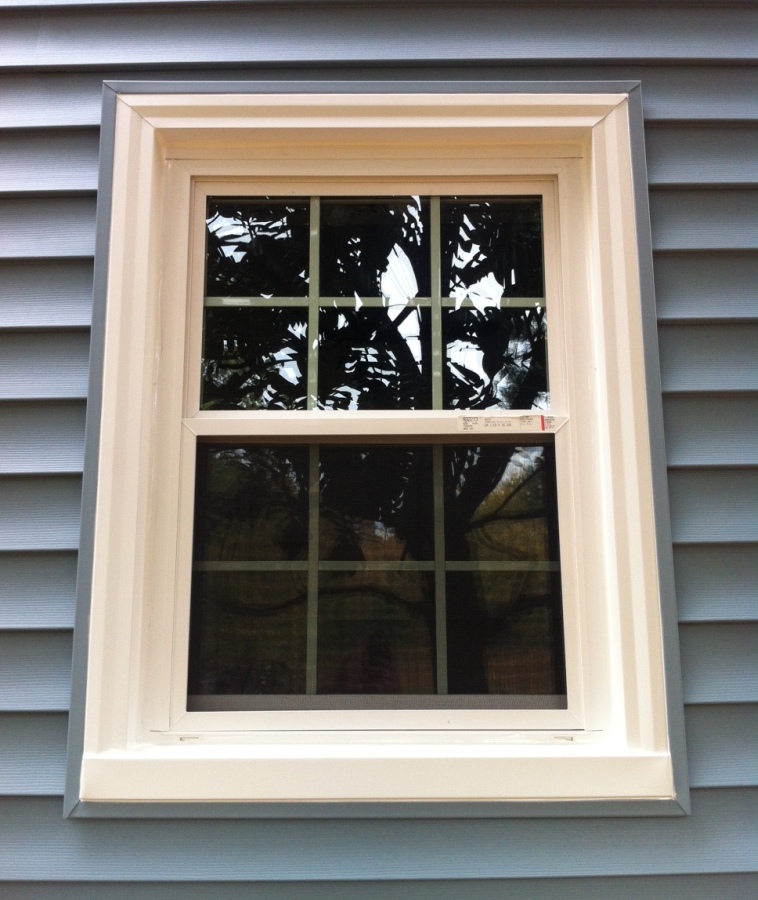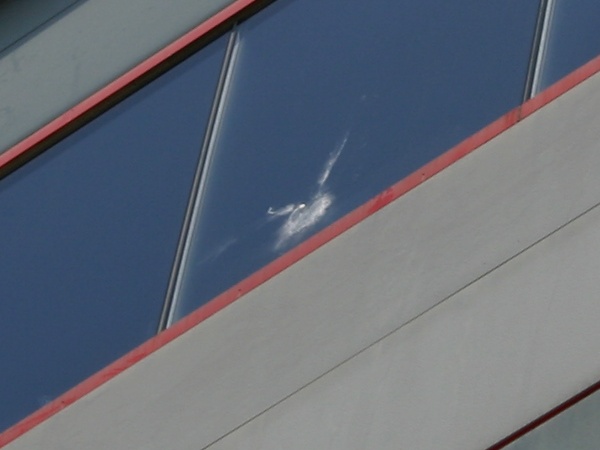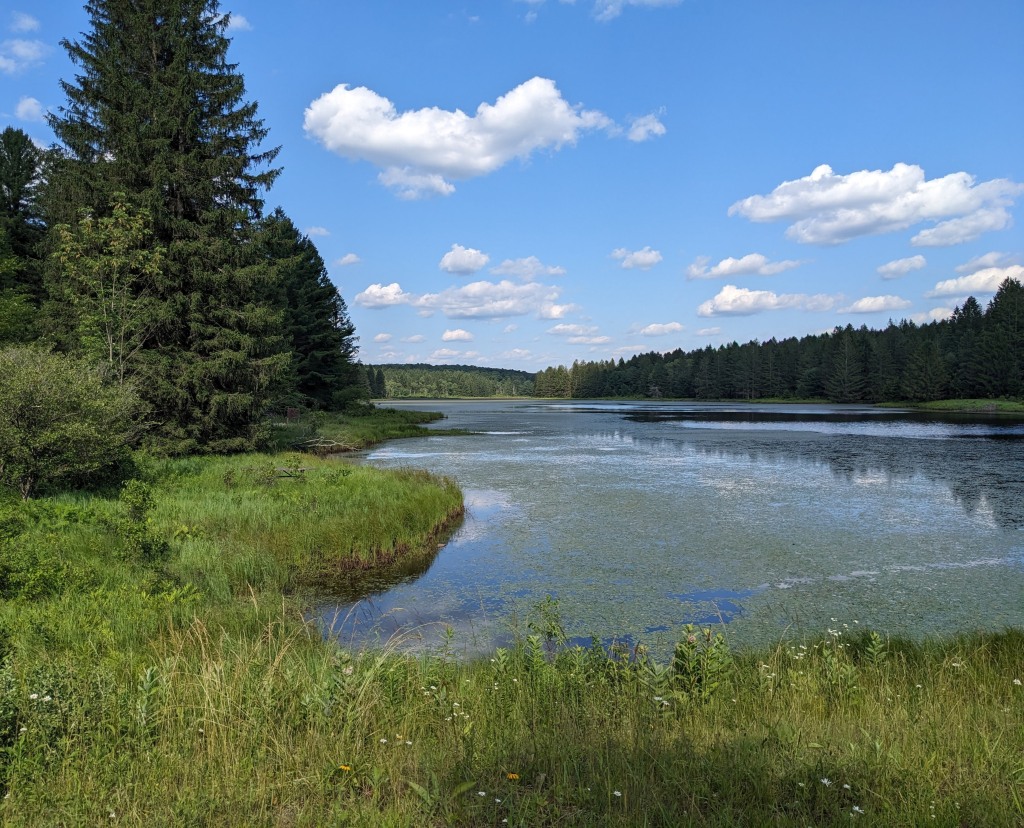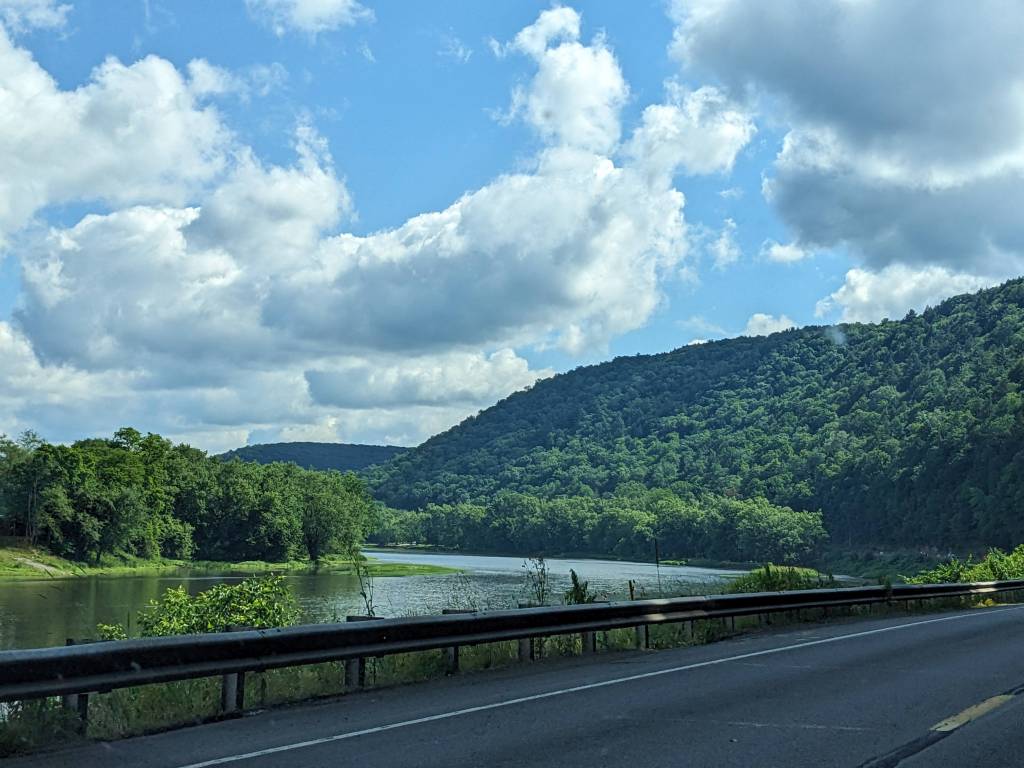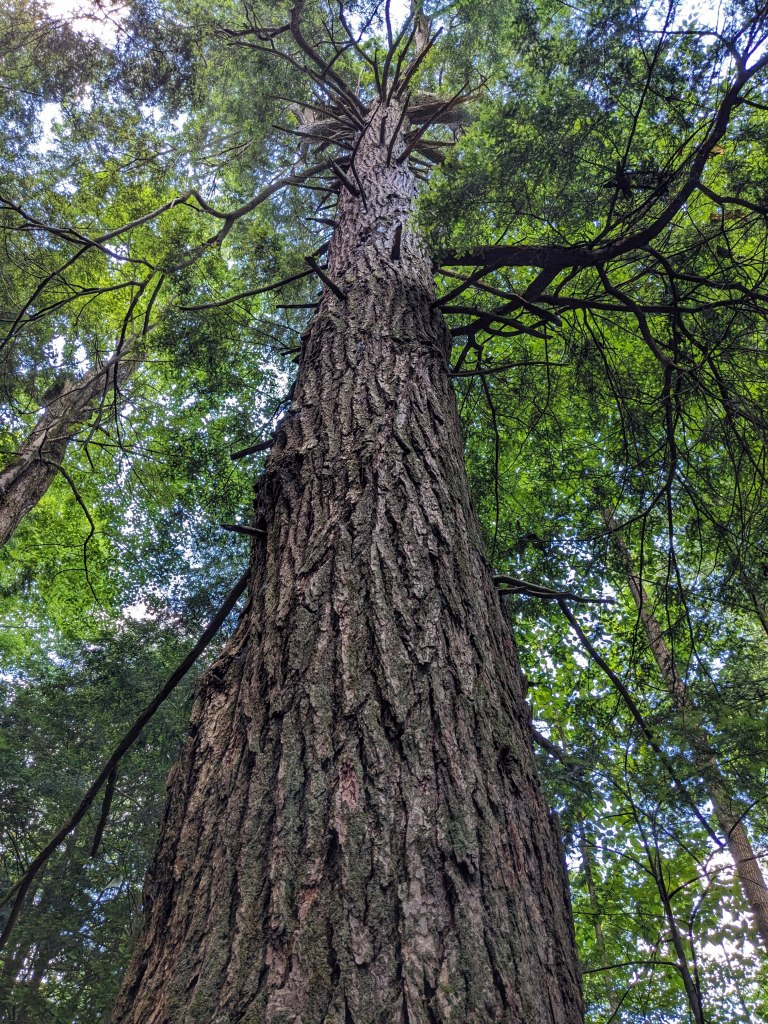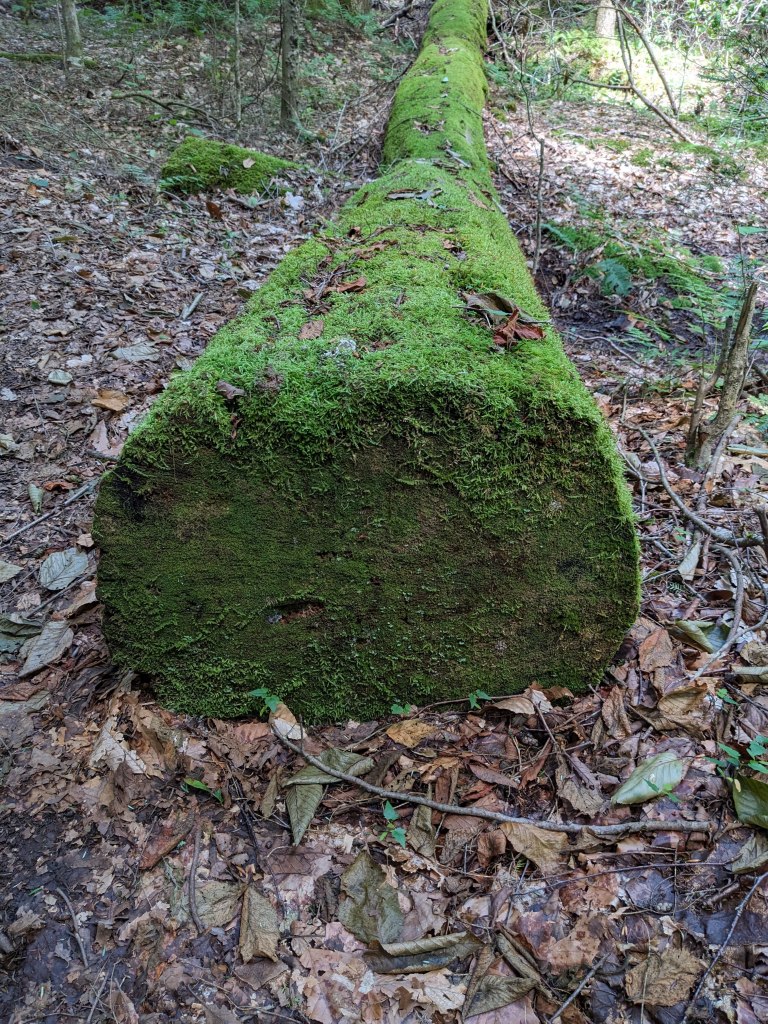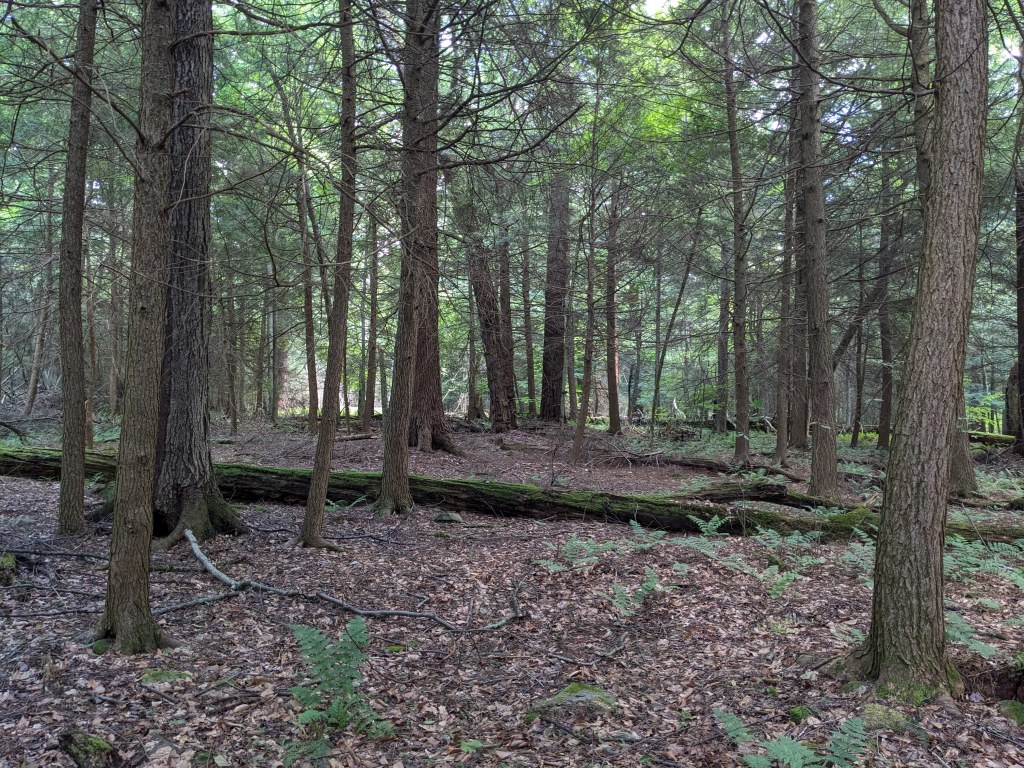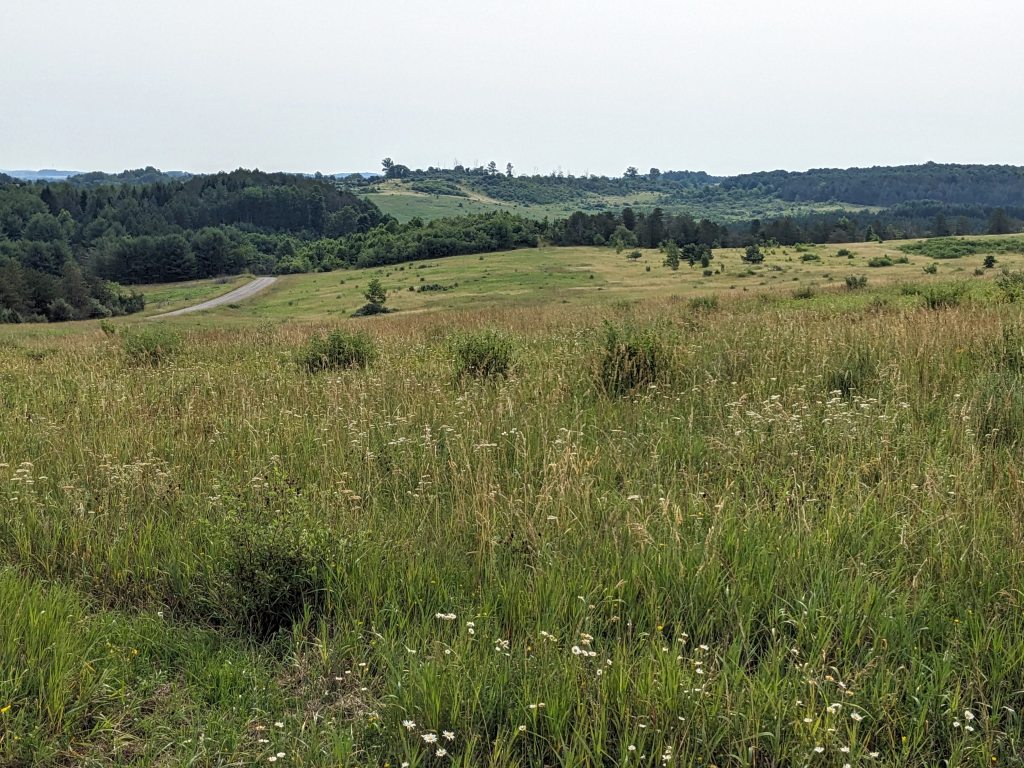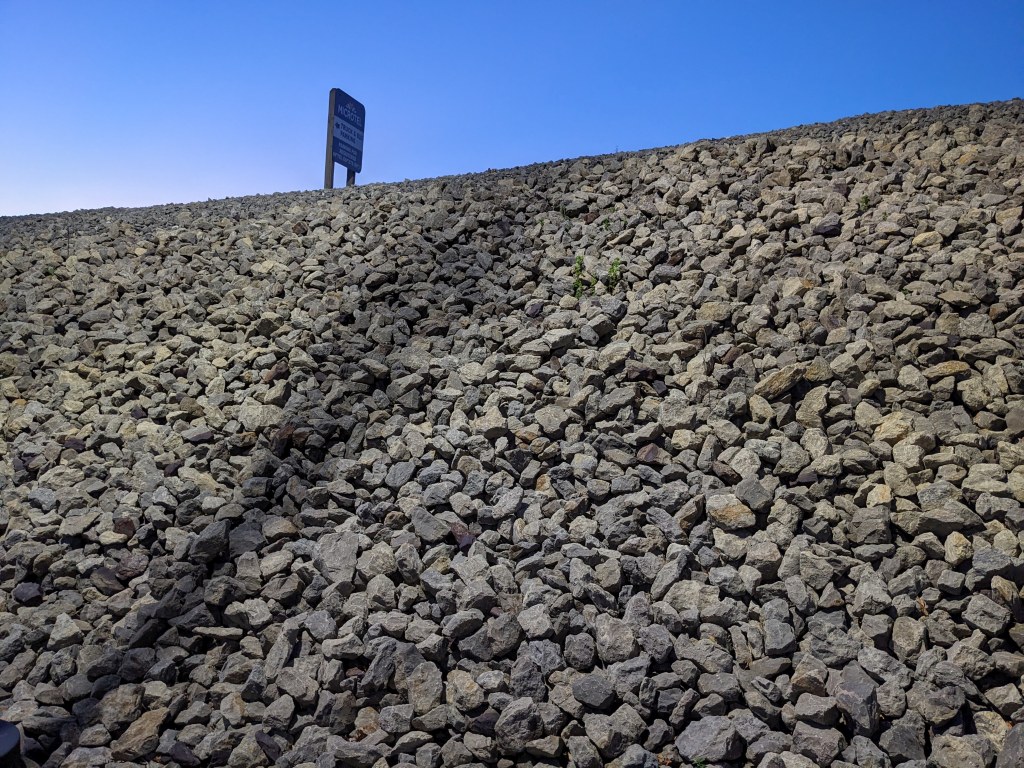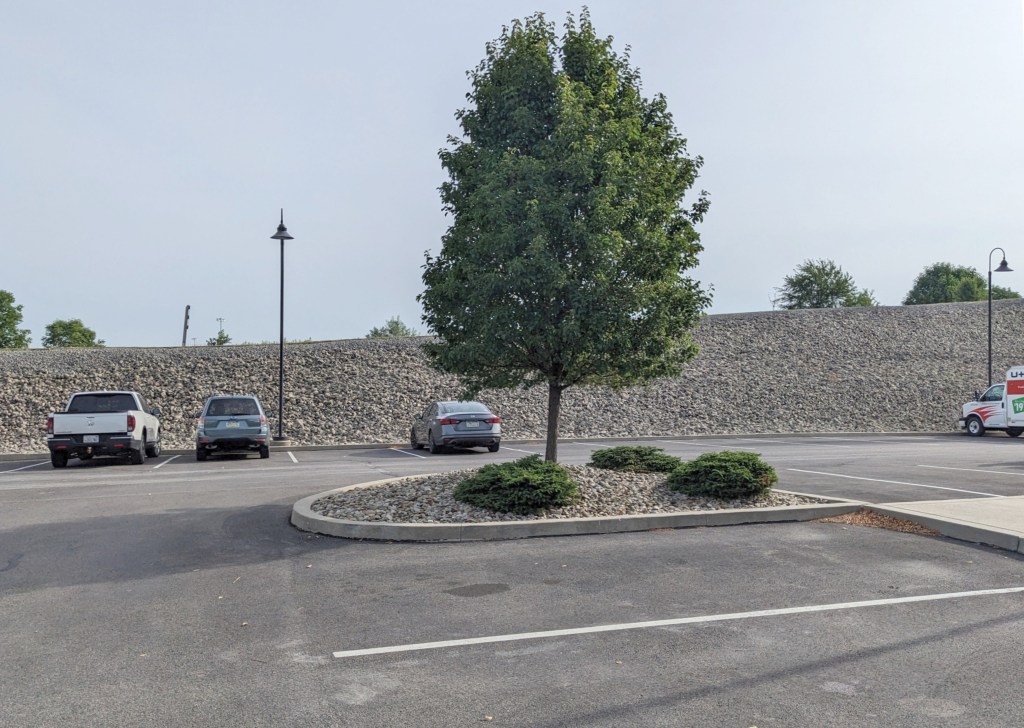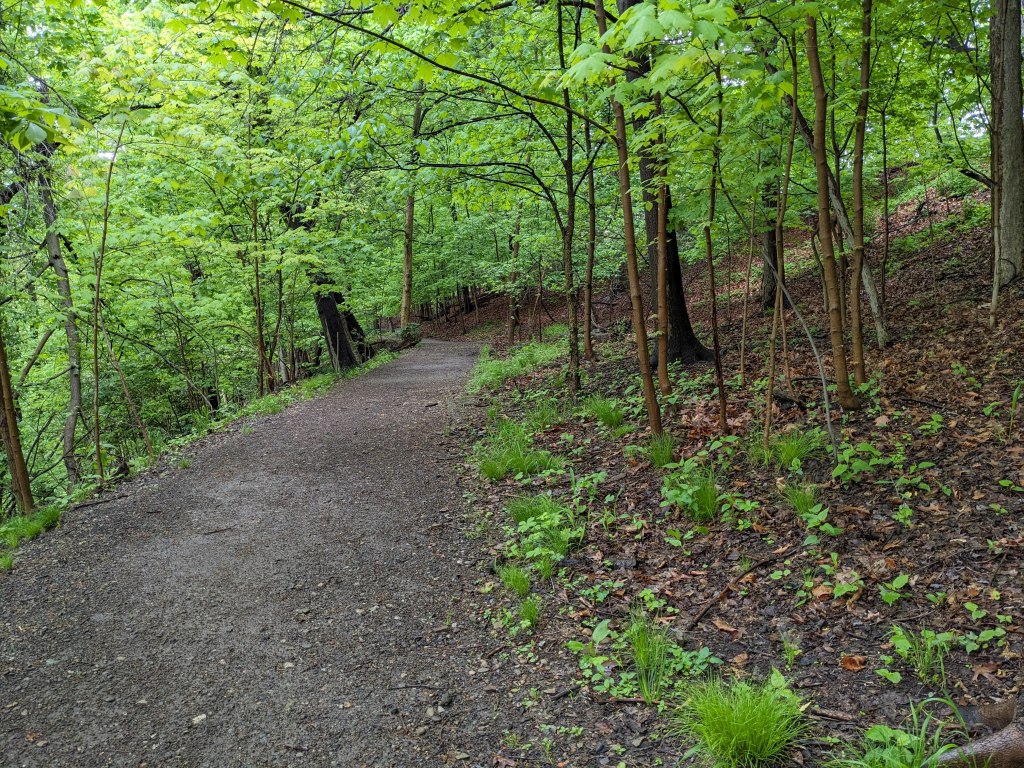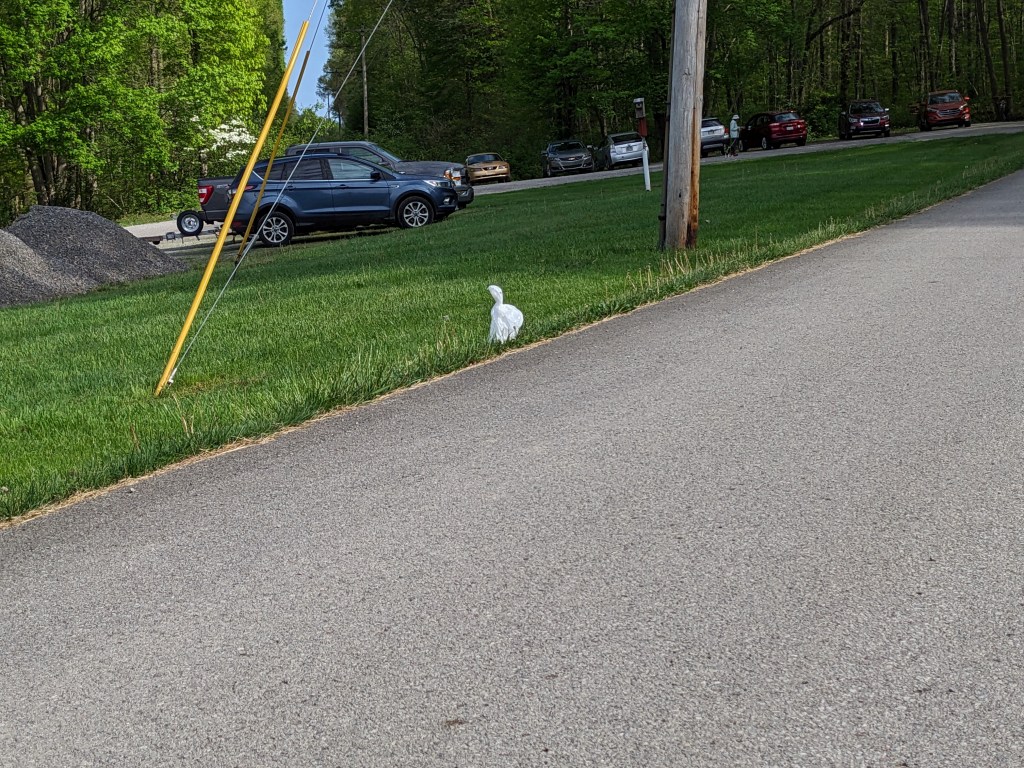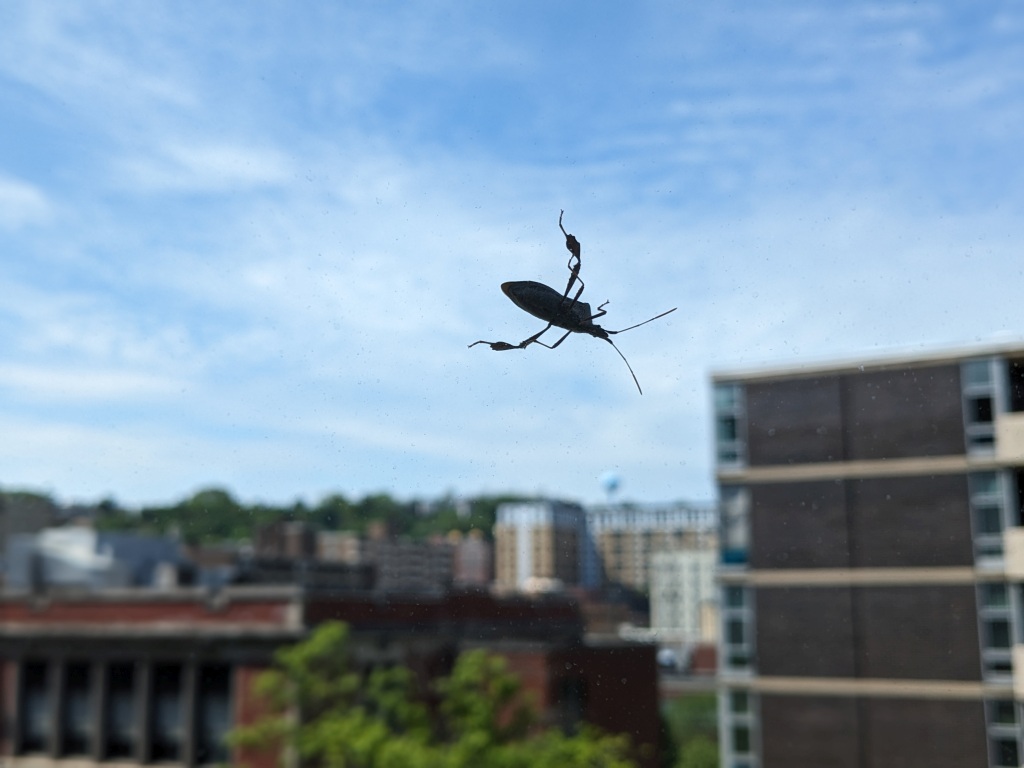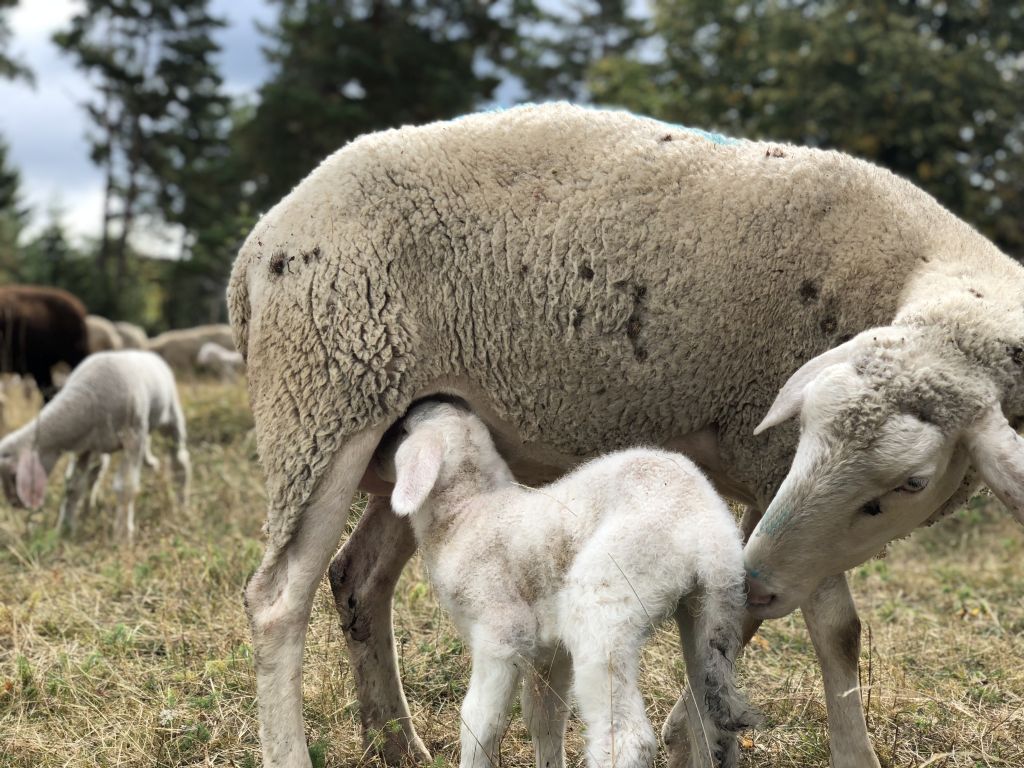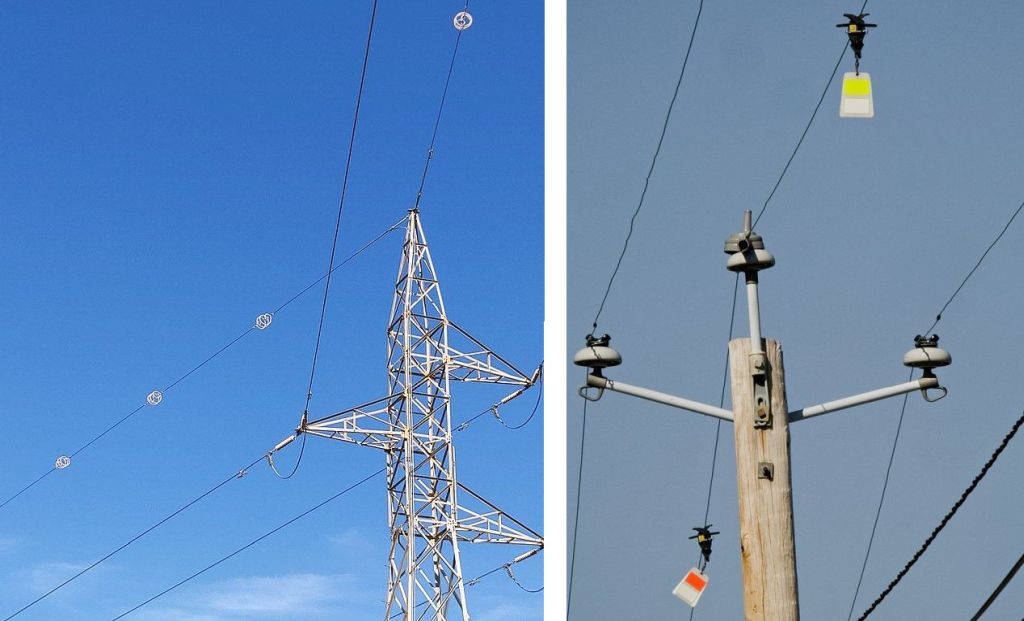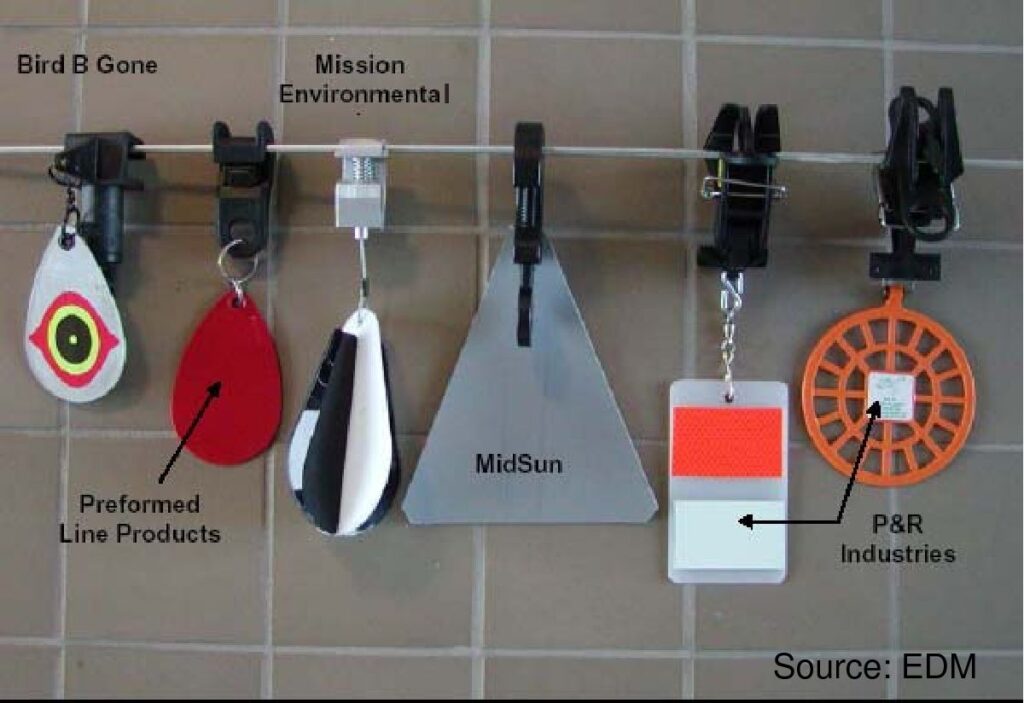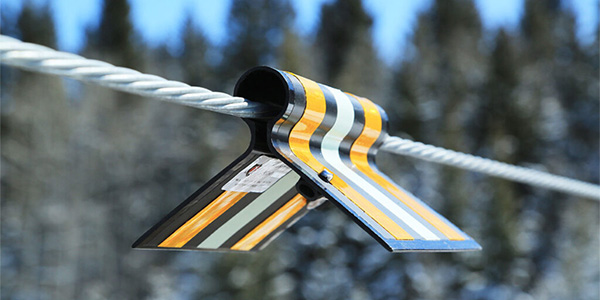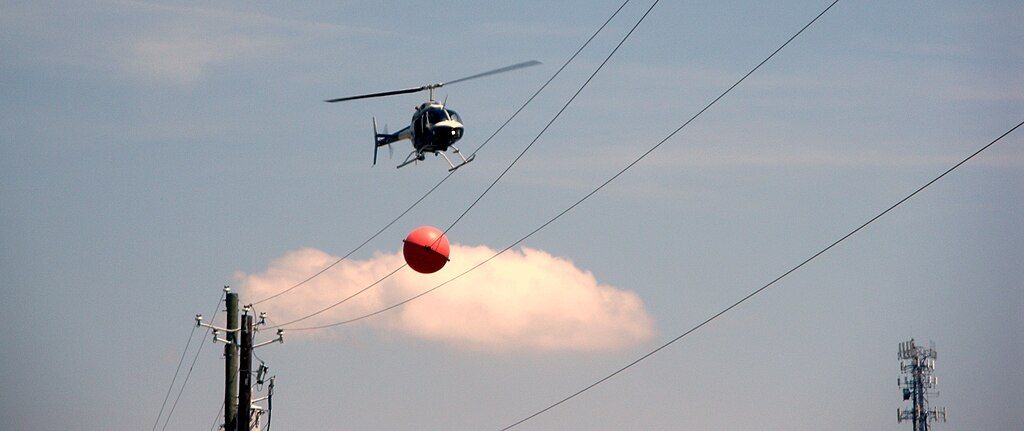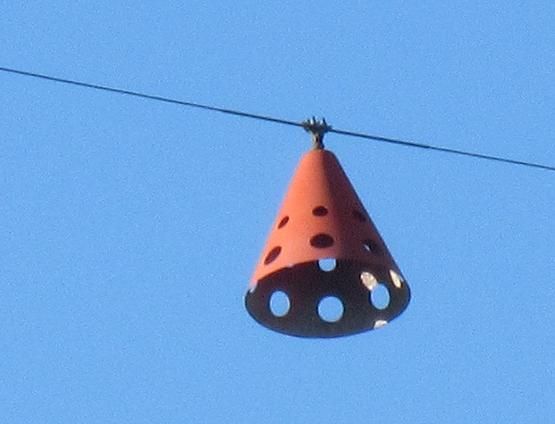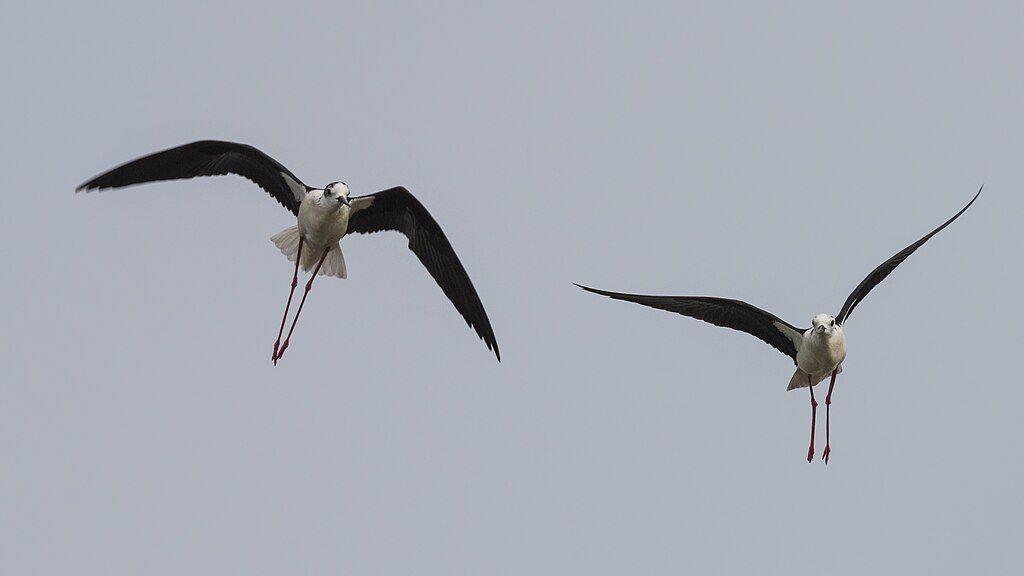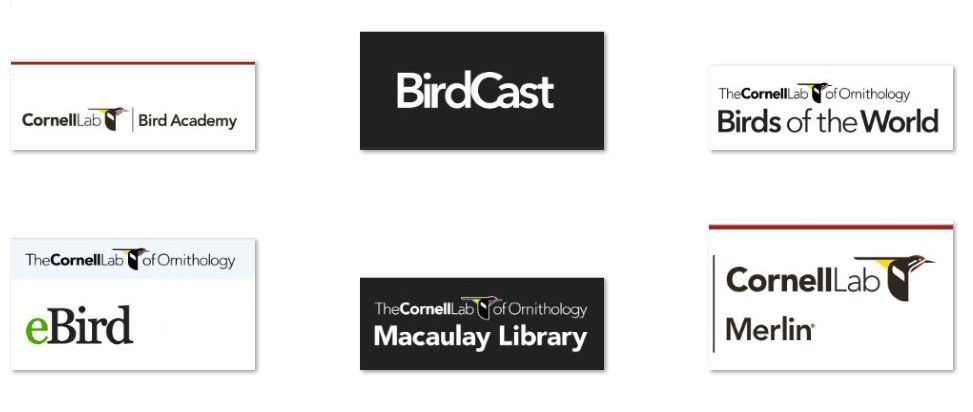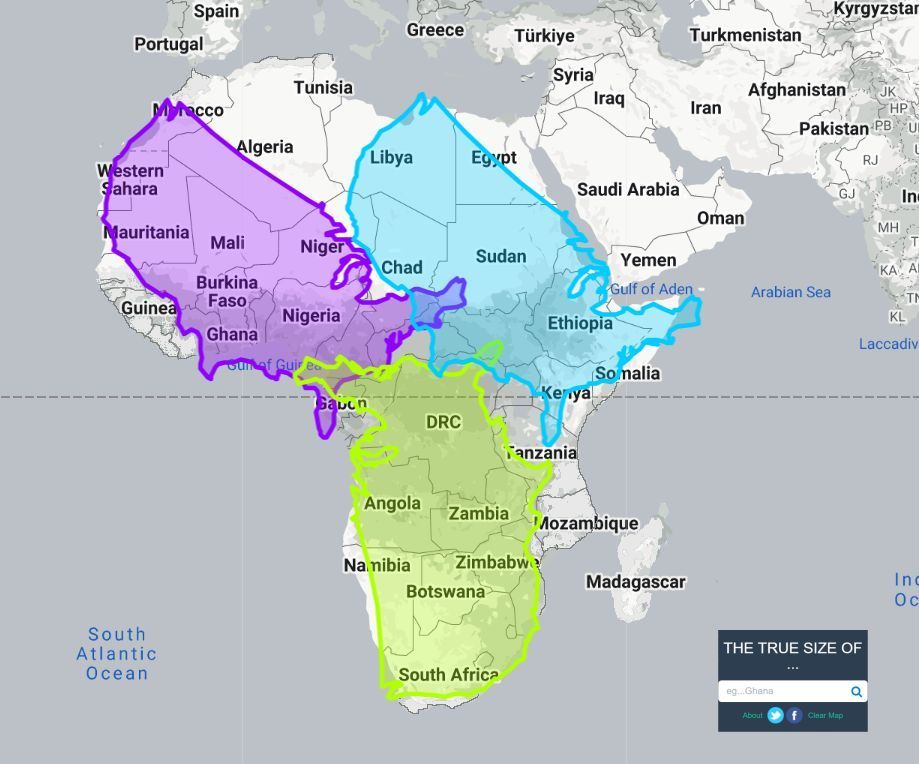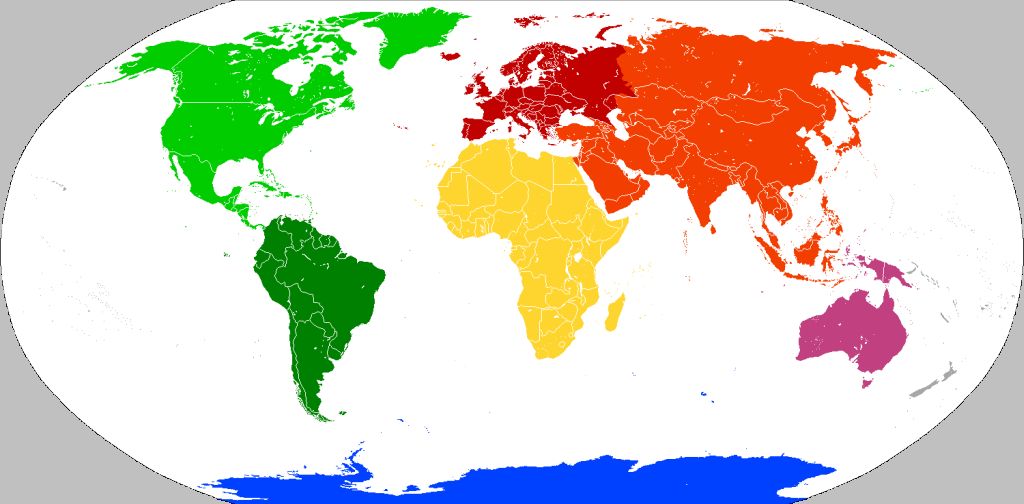
10 July 2024
Endemic to Guam, where their indigenous name is “Sihek,” the Guam kingfisher (Todiramphus cinnamominus) has been extinct in the wild for almost 40 years. Though they nest in trees they were no match for the brown tree snake (Boiga irregularis) which was accidentally introduced from its native range into Guam in 1946. Thanks to the Sihek Recovery Program the offspring of this pair at the National Aviary will be among the first to return to the wild.
Since their near extinction in the 1980s the Guam kingfisher has existed only in captivity with fewer than 200 individuals on Earth in 2017. The captive breeding program is increasing their population.

Yesterday two Guam kingfisher chicks hatched at the National Aviary began their journey back to the wild.
When the youngsters are ready for release they won’t be returning to Guam. Unfortunately the brown tree snake is such a successful predator that it overran the island in only 30 years and caused the extinction of 12 native bird species.

On Guam these snakes are so pervasive and so good at hiding that there is a real possibility they could hitchhike on outbound equipment and invade other islands. USDA has trained sniffer dogs to check everything for snakes before it leaves Guam including cargo and the airplane landing gear!


Guam is still infested with snakes so where will the young birds go?
When they’re ready to live in the wild they will be released at Palmyra Atoll National Wildlife Refuge, one thousand miles south of Hawaii and equidistant from New Zealand and the continental US. The refuge is mostly water with only 4.6 square miles of land. Research scientists spend short stints onsite but no one lives there permanently. Guam and Palmyra Atoll are marked on the map below.


The birds will be truly wild.
Follow their journey on the National Aviary’s Facebook page. Read about the National Aviary’s Guam kingfisher recovery program here:



